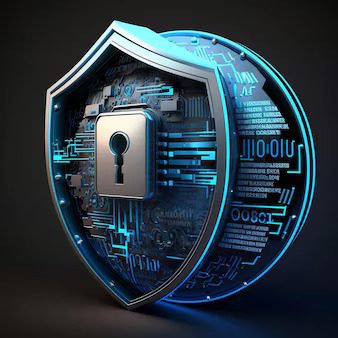Click Here to Download: An Investor’s Guide to Financial Cybersecurity – E-Book
Technology has changed dramatically over the last couple of decades. For one thing, people are spending more money and time on the internet than ever before. In fact, some experts estimate that Americans are spending 30% more money online.1 Meanwhile, social media, teleconferencing, telehealth, and mobile payment services are playing an increasingly important role in our daily lives.
The internet makes it easier to do more things with our computers and mobile devices every single year. But with this added convenience comes an added risk: The risk of exposing our identities and financial information to cyber-thieves, hackers, and scammers. Sadly, it has become far too common an occurrence to turn on the news and hear a story about another scam that’s made its way into our community.
The stats bear this out. For example:
- In 2023, there were 5.39 million identity theft and fraud reports received by the FTC.2
- In 2023, consumers reported losing more than $12.5 billion related to fraud complaints.2
- In 2023 there was a record high of 353 million people impacted by data compromises in the U.S. in a single year.
As a financial advisor, helping clients keep their finances “cyber-secure” is becoming an increasingly important part of my job. That’s because safeguarding your assets is just as important as growing them. To that end, I want to ensure you and your loved ones are as protected as possible from hackers, scammers, and identity theft.
The good news is that while the threat is real, the solution is simple. There are lots of small-but-crucial steps you can take to make yourself and your finances more “cybersecure.” For instance:
- Keep all your personal and financial documents in a safe, secure place. We recommend our clients use the secure e-money vault. E-money has bank-level security and is easy and convenient to use.
- Never open emails from senders you don’t recognize, and never open attachments or click links.
- Don’t share personal information (like your birthday, Social Security number, or bank account number) online or over the phone.
- Regularly review your credit report and other financial statements for discrepancies.
- Use strong passwords, and keep them regularly updated (preferably with the use of a dedicated password manager). Use two-factor authentication when possible.
- Use antivirus protection software. And much more!
To help provide additional information and action steps, we have added a Cyber Security brochure to this blog post. This brochure expands on the topics of identity theft and cybercrime and provides protection checklists. Additionally, it highlights common phishing scams and the most common times of the year for attacks. Please feel free to download this guide for yourself and begin to implement safeguards.


